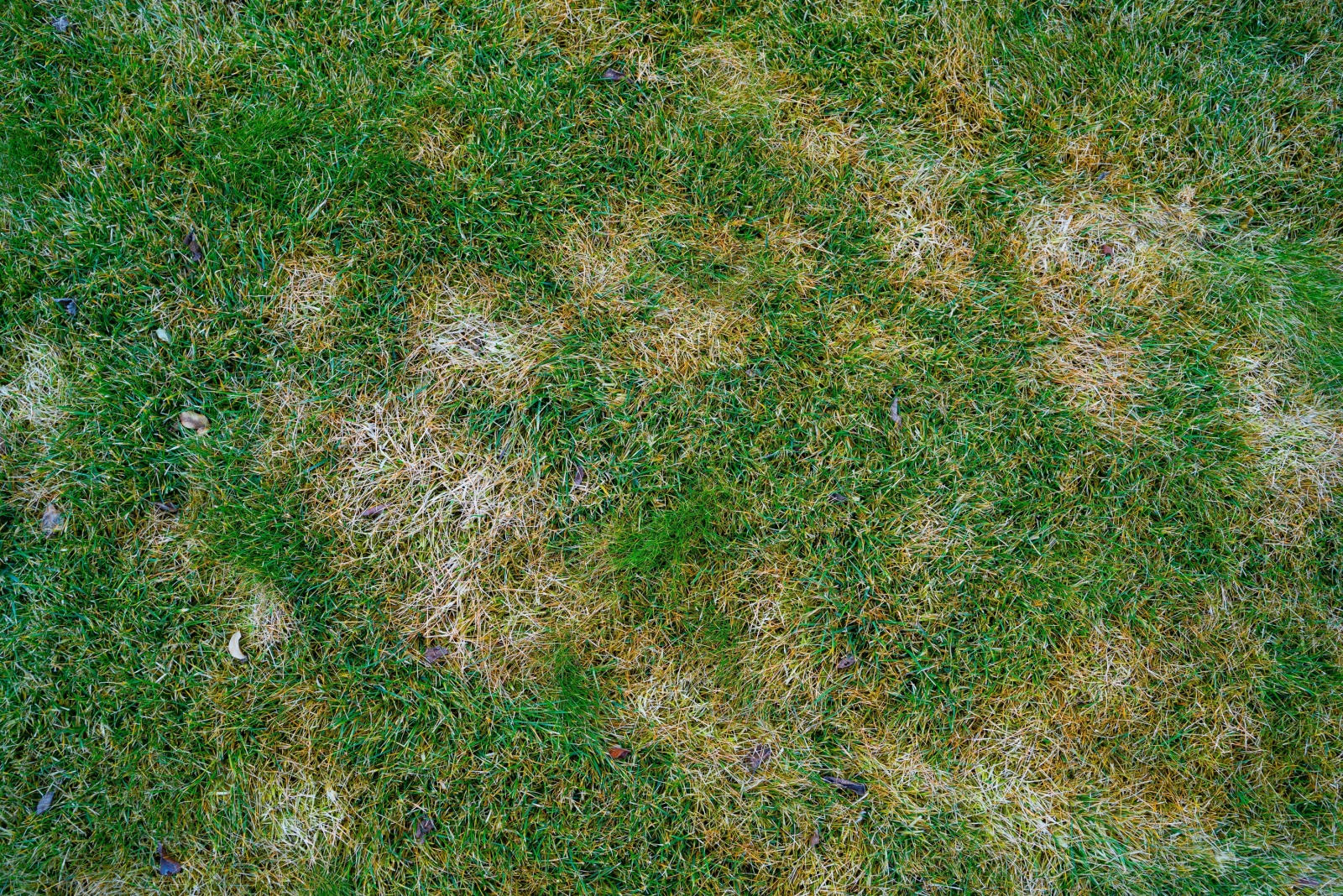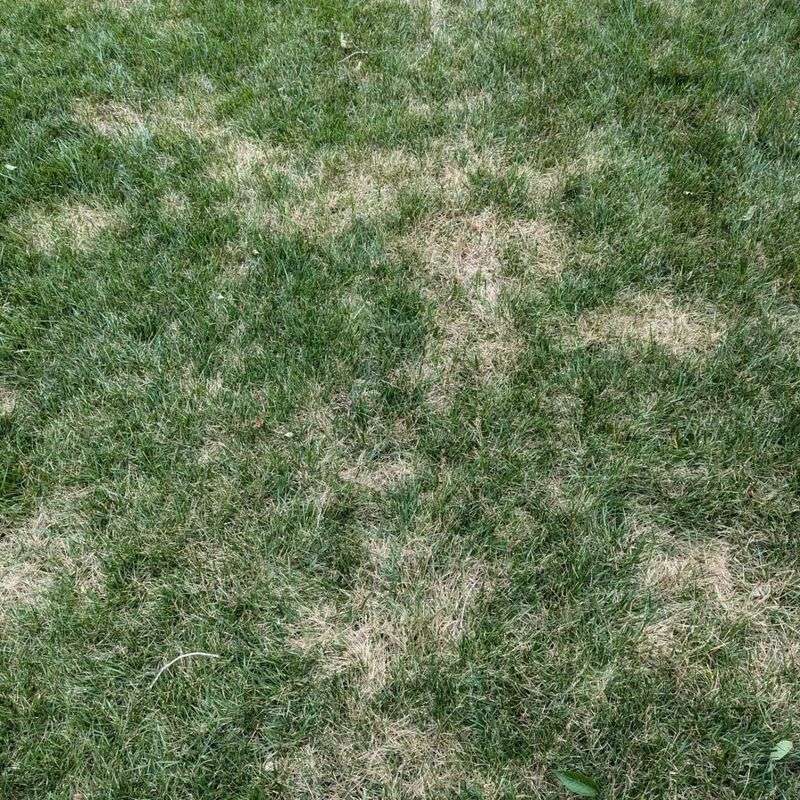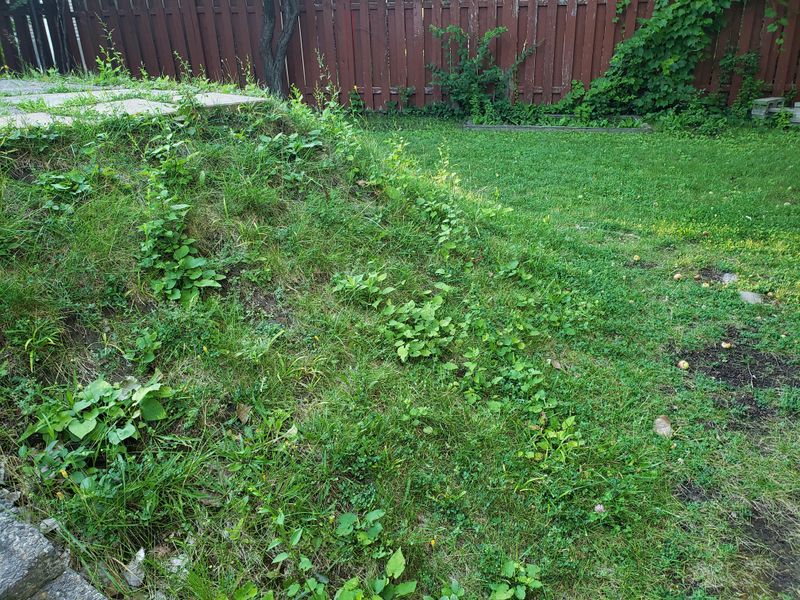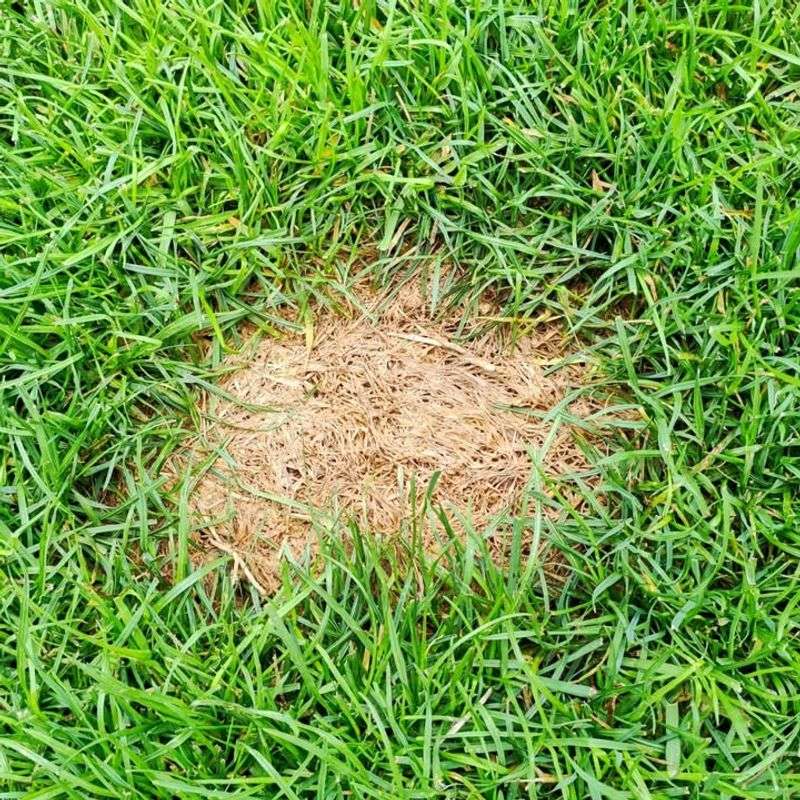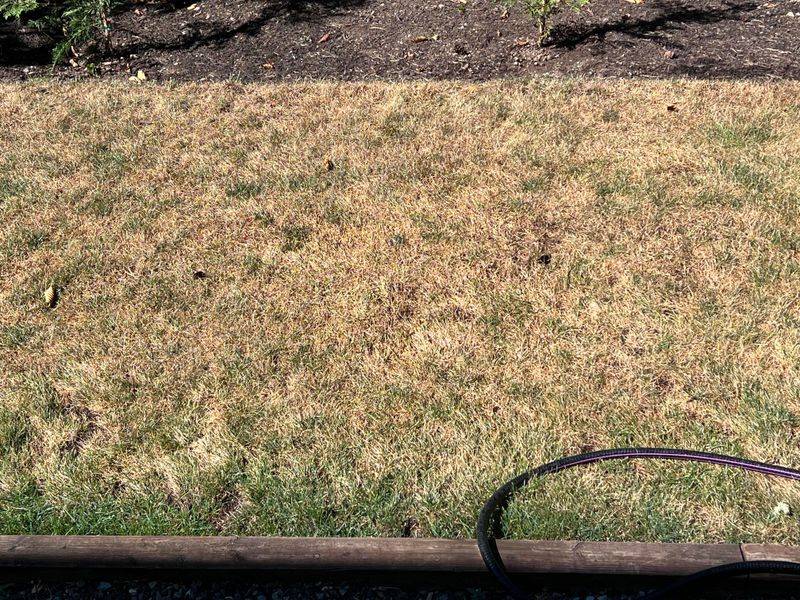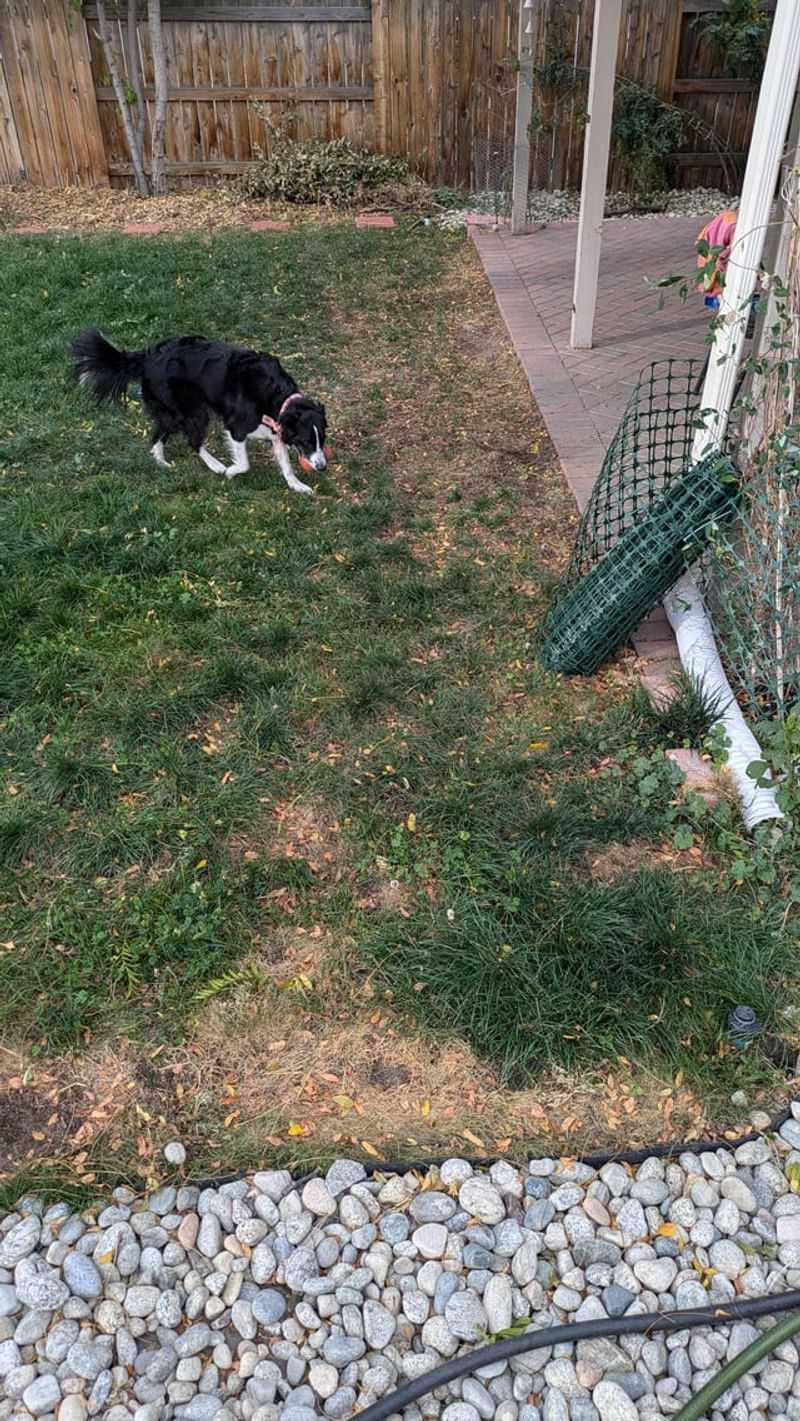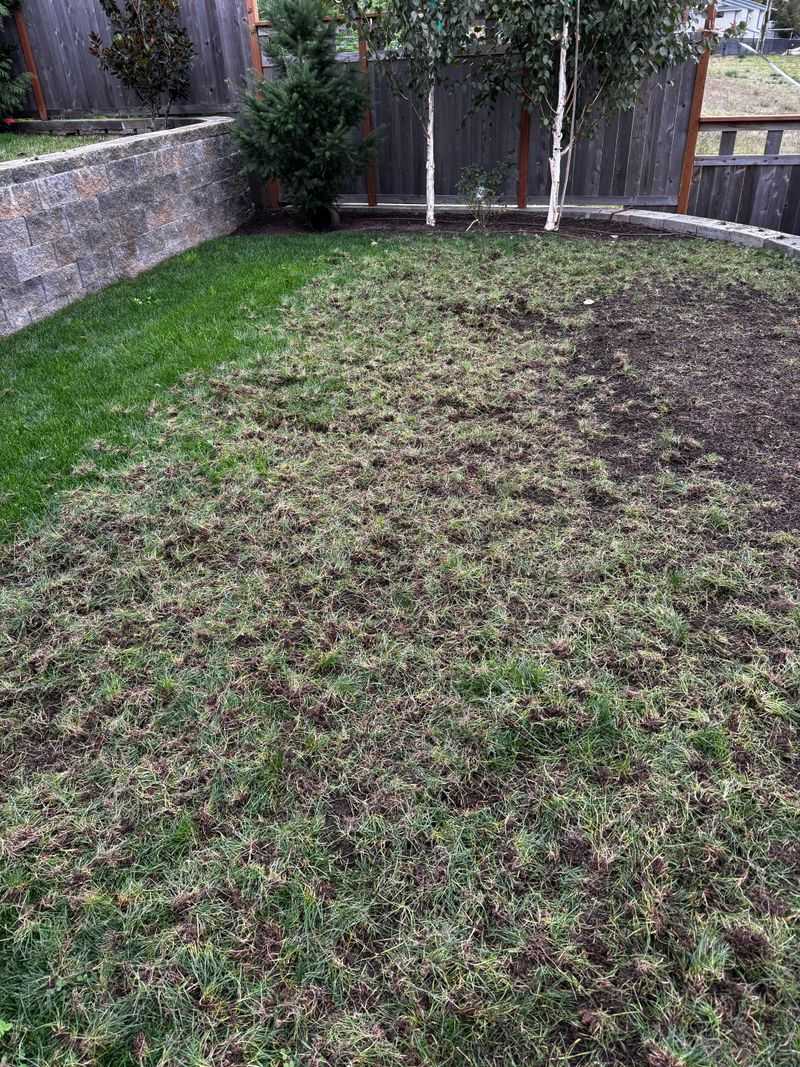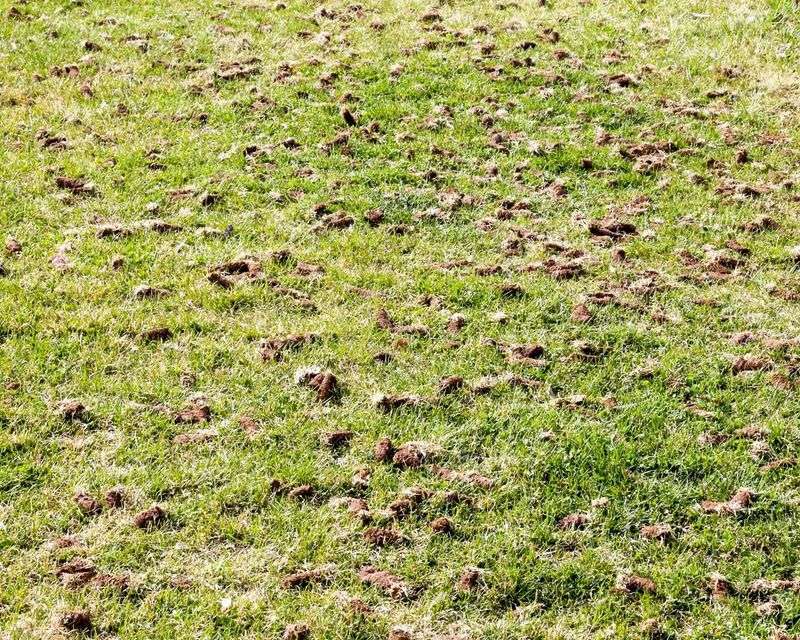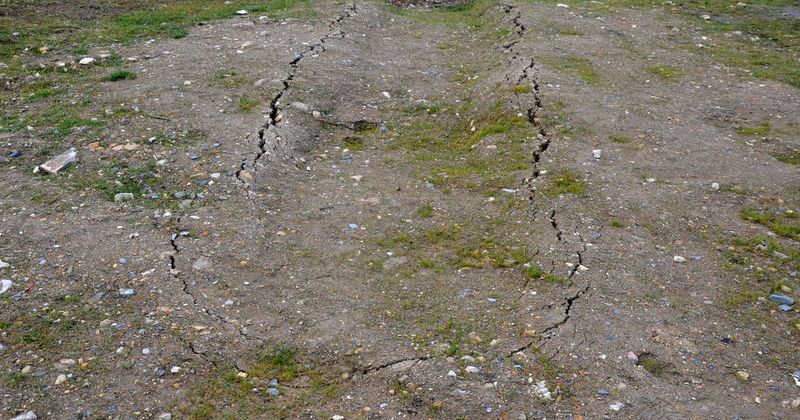A lush, green lawn adds instant curb appeal to any Michigan home. But over time, even the healthiest grass can thin out or start showing bare patches.
Figuring out the right time to reseed makes all the difference. It can save you time, money, and a lot of frustration down the road.
I’ve found that early fall is ideal—cool nights and warm soil help new grass take root fast. With a little effort now, your lawn will bounce back beautifully come spring.
1. Bare Patches Are Spreading Across Your Yard
Bare spots aren’t just unsightly—they’re invitations for weeds to move in and take over. When you notice patches where grass simply won’t grow anymore, it’s nature’s way of telling you the soil needs fresh seed.
Michigan’s harsh winters and hot summers can stress grass roots, causing them to die off in certain areas. Reseeding those bare zones during fall or early spring gives new grass the best chance to establish strong roots before extreme weather hits again.
2. Weeds Have Taken Over More Than Half Your Lawn
Ever feel like you’re mowing more dandelions and crabgrass than actual grass? When weeds dominate your lawn, it usually means your grass is too weak or thin to compete.
Healthy, thick grass naturally crowds out weeds by blocking sunlight from reaching weed seeds. Reseeding helps create that dense turf barrier that makes it harder for unwanted plants to establish themselves. Timing your reseeding in Michigan’s cooler months gives grass seedlings a head start over most common weeds.
3. Your Grass Looks Thin And Scraggly
Walking across your lawn shouldn’t feel like tiptoeing through a desert. Thin, wispy grass that doesn’t bounce back after being stepped on signals that your turf density has dropped to unhealthy levels.
Michigan lawns naturally thin out over time due to foot traffic, disease, and environmental stress. Overseeding introduces fresh grass varieties that can fill in those gaps and restore that plush, carpet-like feel. Fall reseeding works particularly well because cooler temperatures and autumn rains create ideal growing conditions.
4. Grass Blades Turn Brown Despite Regular Watering
You water faithfully, but your lawn still looks like it’s auditioning for a desert scene. Persistent browning despite proper care often means your grass variety isn’t suited for Michigan’s climate or that the existing grass is simply too old and stressed.
Introducing new, disease-resistant seed varieties designed for Michigan’s conditions can dramatically improve your lawn’s resilience. Modern grass blends handle temperature swings better and maintain their green color longer throughout the growing season.
5. Heavy Foot Traffic Has Created Worn Pathways
Kids playing, pets running, or simply walking the same route to your mailbox can wear down grass faster than it can recover. Those dirt pathways cutting through your yard won’t heal themselves without intervention.
High-traffic areas need tougher grass varieties that can withstand constant use. Reseeding with durable blends specifically formulated for heavy wear gives those beaten-down spots a fighting chance. Adding some topsoil before reseeding helps create better growing conditions for the new grass.
6. Disease Or Pests Have Damaged Large Sections
Did you know? Grubs, chinch bugs, and fungal diseases can wipe out entire sections of lawn in just weeks. After treating the underlying problem, reseeding becomes essential for recovery.
Michigan’s humid summers create perfect conditions for lawn diseases like brown patch and dollar spot. Once you’ve eliminated the pest or disease issue, fresh seed helps your lawn recover quickly. Choose disease-resistant varieties to prevent the same problem from returning next season.
7. Your Lawn Is More Than 10 Years Old
Grass doesn’t last forever. Older lawns gradually lose their vigor, no matter how well you maintain them. Individual grass plants age and become less productive over time, leading to overall decline.
Reseeding every few years introduces younger, more vigorous grass plants that grow more densely and resist stress better. Think of it as a refresh button for your yard. Newer seed varieties also offer improved drought tolerance and disease resistance compared to older grass types.
8. Soil Compaction Makes Grass Struggle To Grow
Compacted soil is like trying to grow plants in concrete—roots can’t penetrate, water runs off, and grass slowly suffocates. Clay-heavy Michigan soils are especially prone to compaction from foot traffic and lawn equipment.
Aerating before reseeding breaks up that hard-packed earth, allowing air, water, and nutrients to reach grass roots again. New seeds dropped into aeration holes have direct soil contact and protection, giving them excellent germination rates. Spring or fall are ideal times for this one-two punch approach.

